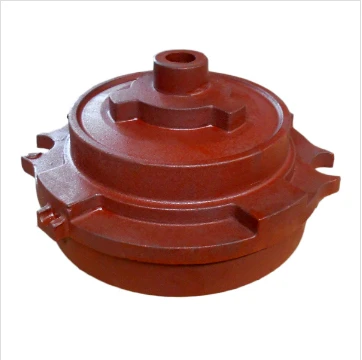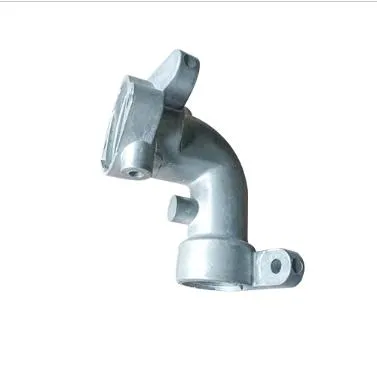Mobile:+86-311-808-126-83
Email:info@ydcastings.com
impeller on pump
In the intricate world of pumps, the impeller sits at the heart of operation, channeling energy into efficient fluid movement. As someone deeply familiar with the nuances of pump mechanics, I can attest to the impeller's pivotal role in ensuring optimal performance. An impeller's design and material can dramatically impact the efficiency, durability, and operational cost of a pump system, making its selection a critical consideration.

When evaluating a pump's impeller, it's essential to consider the application at hand. The type of fluid being pumped—be it water, slurry, or chemicals—determines the most suitable impeller material and design. Stainless steel impellers, for example, are favored in corrosive environments due to their resistance to rust and chemical attack. Conversely, cast iron impellers, while less costly, are better suited for non-corrosive settings.
In commercial settings, closed impellers are often recommended due to their enhanced efficiency and ability to handle higher pressures. These impellers feature an enclosed design that minimizes fluid leakage and recirculation, crucial for maintaining pressure in systems like high-rise building water supplies or industrial chemical transfers. On the other hand, open and semi-open impellers, while slightly less efficient, offer easier maintenance and are ideal where clogs are a concern, such as in wastewater treatment.

From an engineering perspective, an impeller's balance between performance and energy consumption is crucial. Imbalanced impellers can lead to increased vibration and noise, reducing the lifespan of the pump and increasing maintenance needs. Thus, precision in manufacturing and regular balancing checks are non-negotiable for maintaining operational excellence.
impeller on pump
For those managing pump systems, understanding the interplay between impeller speed and size is key to optimizing performance. Higher speeds can augment pressure and flow rate but may necessitate stronger materials to withstand the resultant forces. Meanwhile, larger impellers can move more fluid at once, reducing the need for high speeds and thus prolonging the pump's operational life.
Incorporating variable frequency drives (VFDs) can enhance control over impeller speed, allowing for adaptability across different operational demands. This flexibility not only extends the life of the impeller but also contributes to energy savings—an increasingly important consideration as industries strive to minimize their environmental footprints.
Maintaining the impeller involves routinely checking for wear and tear, especially for those in abrasive environments where particles can erode the blades. Regular inspection and timely replacement of worn impellers prevent catastrophic failures that could lead to costly downtimes.
In conclusion, the impeller on a pump is not just a component but the core of efficient and cost-effective fluid handling. When chosen and maintained carefully, it underpins the pump's ability to perform reliably over its service life. Therefore, understanding its role, the implications of its design, and the context of its application is paramount for anyone looking to harness the full potential of their pumping system.
-
Why Should You Invest in Superior Pump Castings for Your Equipment?NewsJun.09,2025
-
Unlock Performance Potential with Stainless Impellers and Aluminum End CapsNewsJun.09,2025
-
Revolutionize Your Machinery with Superior Cast Iron and Aluminum ComponentsNewsJun.09,2025
-
Revolutionize Fluid Dynamics with Premium Pump ComponentsNewsJun.09,2025
-
Optimizing Industrial Systems with Essential Valve ComponentsNewsJun.09,2025
-
Elevate Grid Efficiency with High-Precision Power CastingsNewsJun.09,2025











